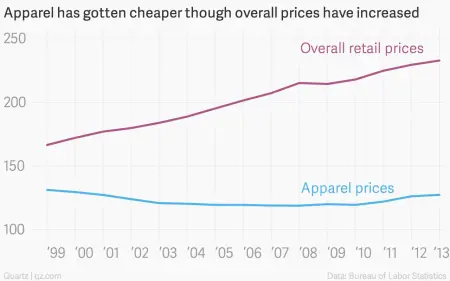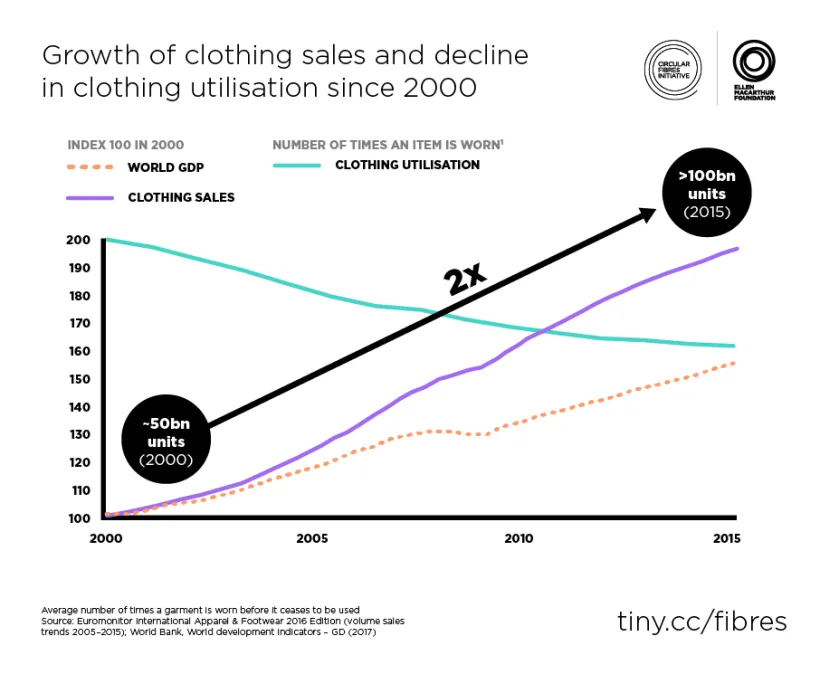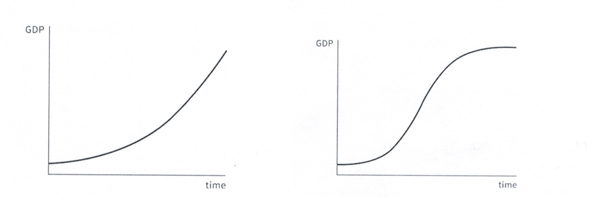This is a series of three instalments. The first looked at what is meant by the ‘Inevitable Policy Response’. This third and last of the series keeps looking at how that could translate into the sphere of consumer goods industries and lists some insights – continuing from where we left off with the 2nd instalment.
In the first instalment we have explained what the Inevitable Policy Response is: In essence, the political and legislative approach to force climate action onto all, and in particular, economic players.
In the second instalment we looked at the first 3 likely impact areas: large-scale and broad roll out of shifts in costing paradigms; the impact of transportation and logistics; and what how de-risking of supply chain chains may look like.
In this third and last instalment we’ll be looking at: Consumption patterns; a change in the role of consumer goods industries for the industrialisation of developing countries; and the behaviour of populations affected by sever economic and environmental circumstances.
Effect 4: Uncertainty of consumption patterns. Potential inversion of historic traditional ‘growth’ statistics.
Background: In order to follow the argument in this section, it is important to keep in mind how the the consumption and apparel pricing statistics over the last 2 to 3 decades look like:


In short: apparel production has been so inflationary out of bounds, that the prices, on average have not risen over nearly 3 decades, not even in alignment with monetary inflation.
What does that mean in short? And Why?
Consumers are no longer used to having to accept apparel prices that are ‘real’ i.e. take into account externalities and full-costs – and sometimes not even actual production costs (as we can see in the issues surrounding the Minimum and Living Wage discussion).
With prices bound to increase significantly … those expectations will be frustrated.
That frustration in turn will initially trigger a much lower demand, followed by a return to lower prices intermittently to clear warehouses and dead stocks (at a loss for brands and manufacturers potentially), followed by yet again an increase back to ‘real’ prices, and a much lower overall demand.
Consequences and Results:
The current growth model and success definition of most consumer goods models will be very severely challenged.
Investors may not see the returns they expected or have gotten used to, and dividends could be swallowed by losses until we have figured out how to redefine growth beyond ‘producing more stuff every year, year on year.
The result will also be – on macro-economic level – a GDP graph of what so far as been (claimed) to be desirable and feasible (left) to the one on the right: to a GDP growth result that will be more flat in terms of traditional success measures.

Effect 5: Consumer goods industries could graduate from ‘low entry hurdle industries’ fuelled by large quantities of workers with low education and learn-on-demand skills, to a ‘lean’ skilled-labour industry.
What does that mean in short? And Why?
Many consumer goods industries are considered ‘low entry hurdle’ industries. This applies in particular to the textile industry, but also to those that produce daily household items. The characteristics of such industries is: relatively low investments to build factories, on-the-job training is sufficient and workers can be found in abundance, typically located in countries with a very high percentage of people surviving thanks to the informal economy (i.e. without formal employment or regular income) and low enforcement levels of labour laws.
Some other consumer goods industries – consumer electronics in particular – find themselves at the top end however: quite high investments needed for new production sites; much harder to find employees as skill starts to become relevant; and they tend to be located in countries with a more formalised economy and and more stringently applied labour laws.
Since the start of the industrial revolution – hence historically; which is not necessarily meaning that it is forever going to hold true – countries have moved in their development through a very distinct pattern:
From pure self-sufficiency farming to somewhat more commercialised farming approaches; from small-scale manufacturing shops (e.g. individual tailors) first to organised clusters and then to centralised factory production. Often textiles being THE first industry to go large scale consequence – as mentioned above – of the reasonably low investments needed, and simplicity of the tasks that need completing, and the abundance of labourers at hand.
From textiles the industrialisation keeps expanding by first vertically integrating (adding value by removing inefficiencies and intermediaries) and then by creating ever more complex and specialist goods. Graduating one step beyond that usually means moving from ‘making stuff’ to ‘managing the process of making stuff’ and thereby the service industry. Where the whole process is repeated along a similar scale of increasing specialisations.
The availability of technology – agile on demand manufacturing, mass-customisation options, virtual sampling, automation and robotisation – taking on the easy repeatable tasks leaves us with a demand for an ever more skilled labour force. And in a sense, fast tracks the development that up until this moment usually took decades: instead of it being a continues ‘up-skilling process’ a country’s economy would be experiencing, it is a leapfrogging experience that is at play. Going potentially from substance farming to high-tech manufacturing sites … albeit without allowing the majority of the population to transition – both in skill and in numbers – with the development.
Consequences and Results:
If we were to paint the picture in black and white; the results could be really quite surprising and unexpected.
For one: agriculture could remain the only ‘low entry hurdle industry’ for lower skills workers. And many more people will be stuck in trying to make a living from substance farming.
At the same time, the larger quantities of people having to live off the farm could potentially mean that it will be even harder for them to do so. After all it will be highly competitive to sell their goods on the market.
Effect 6: Economic woes … leading to survival of the fittest? Surge in migration, change in migration patterns.
Effect 6 in a sense is a continuation of the two scenarios built above … but goes beyond.
For one: The change in consumer patterns and the change in production technology compound a serious social challenge: the one of making a decent livelihood for a large fraction of the population of his planet. This has nothing to do with ‘overpopulation’ or the like. But rather 2 systemic shifts creating a self-reinforcing dynamic, undermining the current models of ‘economic well-being’.
Historically again, any such rocking of the boat typically created one distinct reaction: mass migration of some sort or other. Europe to Americas (mid-19th to mid 20th century) then from Latin America to Europe in the 20th and early 21st Century, and so on. [Source, Source]
The specifics and ingredients vary, but it tends to be a political shift combined with an economic challenge that together put lifebloods at risk and act as a trigger.
And while Europe (the world) is seeing large migration patterns right now at its Eastern extremes, consequence of the wars in the Middle East: this is NOT what I am talking about here. What we’ll see is not war-triggered. At all. The trigger(s) is/are totally disturbed systemic patterns such as the ones outlined above.
When livelihoods are at risk, the human being tends to see the luck in the distance. After all, the grass must be greener on the other side. In itself an aspiration that is well understandable.
Yet while historically migrations used to have clear geographic directions (Europe to Americas, now Latin America to Europe, and Asia to Europe and the Americas), in a system that is no more: will there be any such clear vectors of migration? And if so, what could they potentially be?
A few years ago, when we did some scenario work, we thought that the attractiveness a vector would point East: from the old economies to the new and up-and-raising economies. In the present I am no longer so sure and doubting that there will be any clear identifiable vector at all.
Last but certainly not least
The picture here is quite dire indeed. Yet … these are only 6 of the many, many effects that will be at play. If there is one thing that we learn from the currently ongoing Corona (Covid19) pandemic: not all is just negative and difficult. Be it social solidarity, spurts in R&D, changes in work pattern, new business models … or simply nature recovering areas it seemed to have lost forever to human destruction. The only certainty is change.
And the more agile we act, the clearer we work in being inclusive, the easier we will be able to transition and thrive through challenging times.

